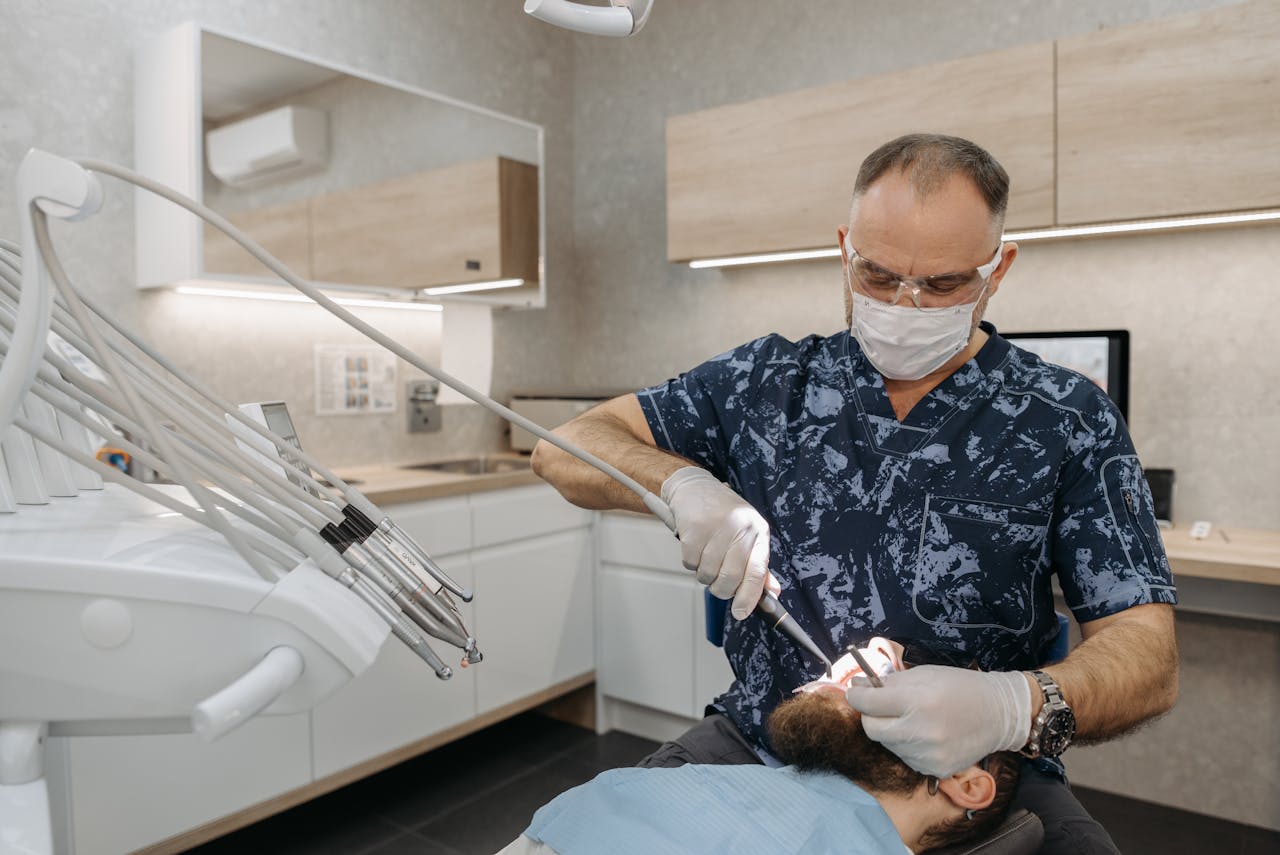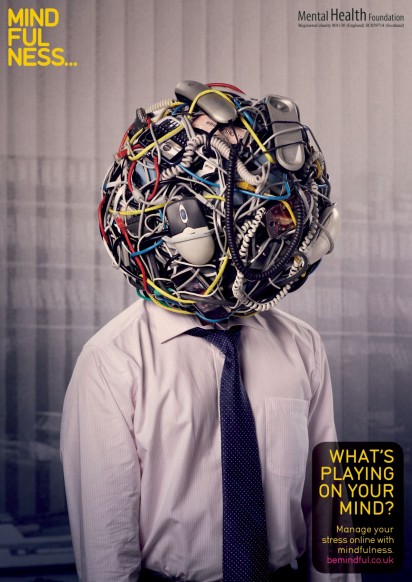Cracked Tooth? Here’s When It’s Time to Call an Emergency Dentist

Did you just bite down on something so hard or experience injury, and now you’re seeing a crack in your tooth? You see, a cracked tooth can be more than a slight inconvenience; it can lead to significant pain and complications if left untreated. Those complications can range from a simple toothache to an abscess or a serious infection. Ignoring these signs can turn a small issue into a dental disaster. Now, you may be wondering if you need to pick up a phone and call a Minneapolis emergency dentist or wait until your next dental appointment. Here’s a guide to help you decide when you should seek emergency dental care.
Severe Pain That Doesn’t Go Away
Severe, persistent pain in your tooth is a clear warning sign that something isn’t right. Unlike the occasional ache you might experience from time to time, this kind of discomfort can be relentless and debilitating. If you’re struggling with sharp or throbbing sensations that don’t ease up, it’s essential to take it seriously. This pain often indicates nerve damage or an infection lurking beneath the surface. Ignoring such distress could put you at risk of not only losing the tooth but also facing broader health issues if bacteria spread from an untreated dental problem.
Visible Damage to the Tooth Structure
Other than that, see if you can spot visible damage on your tooth. This is a clear signal that something is wrong. Cracks can range from tiny hairline fractures to significant breaks that can expose the inner layers of the tooth. This kind of damage might be accompanied by sensitivity to hot and cold foods or even discomfort when biting down. If you notice chips or cracks, don’t brush them off as minor issues. They often indicate underlying problems. The longer you wait, the more serious the issue may become.

Bleeding or Swollen Gums Around the Tooth
Moreover, if you see blood when brushing or flossing, it’s time to pay attention because things can get really bad. Here’s why. Gum inflammation often indicates an infection or trauma that may be linked to a cracked tooth. Swollen gums might feel tender and sensitive. The presence of bleeding coupled with swelling suggests that your body is responding to something troubling within the mouth. Whether it’s due to decay, injury, or gum disease, prompt action is essential for maintaining oral health.
Signs of Infection or Abscess
It’s also pretty common to get an infection or abscess. You see, when your tooth is cracked, this can create an entry point for bacteria. This can lead to infections or abscesses that manifest in alarming ways. So be sure to watch for swelling in your gums. If the area around the tooth appears puffy, it could indicate trouble brewing beneath the surface. Pain may also intensify with pressure or when biting down. Another red flag is persistent bad breath or a foul taste in your mouth. These symptoms often signal infection and should never be ignored.
A Loose or Wiggling Tooth
A loose or wiggling tooth can be alarming. This symptom often indicates underlying issues that need immediate attention. If your tooth feels unstable, it might be due to trauma or gum disease. Both conditions can escalate quickly if not addressed promptly, especially as an adult.
The Need to Call an Emergency Dentist
Your oral health is important, and waiting too long can result in more intense pain or even tooth loss. An emergency dentist has the special tools and expertise needed to provide immediate care and alleviate discomfort effectively. Taking these signs seriously ensures you maintain your smile for years to come.


